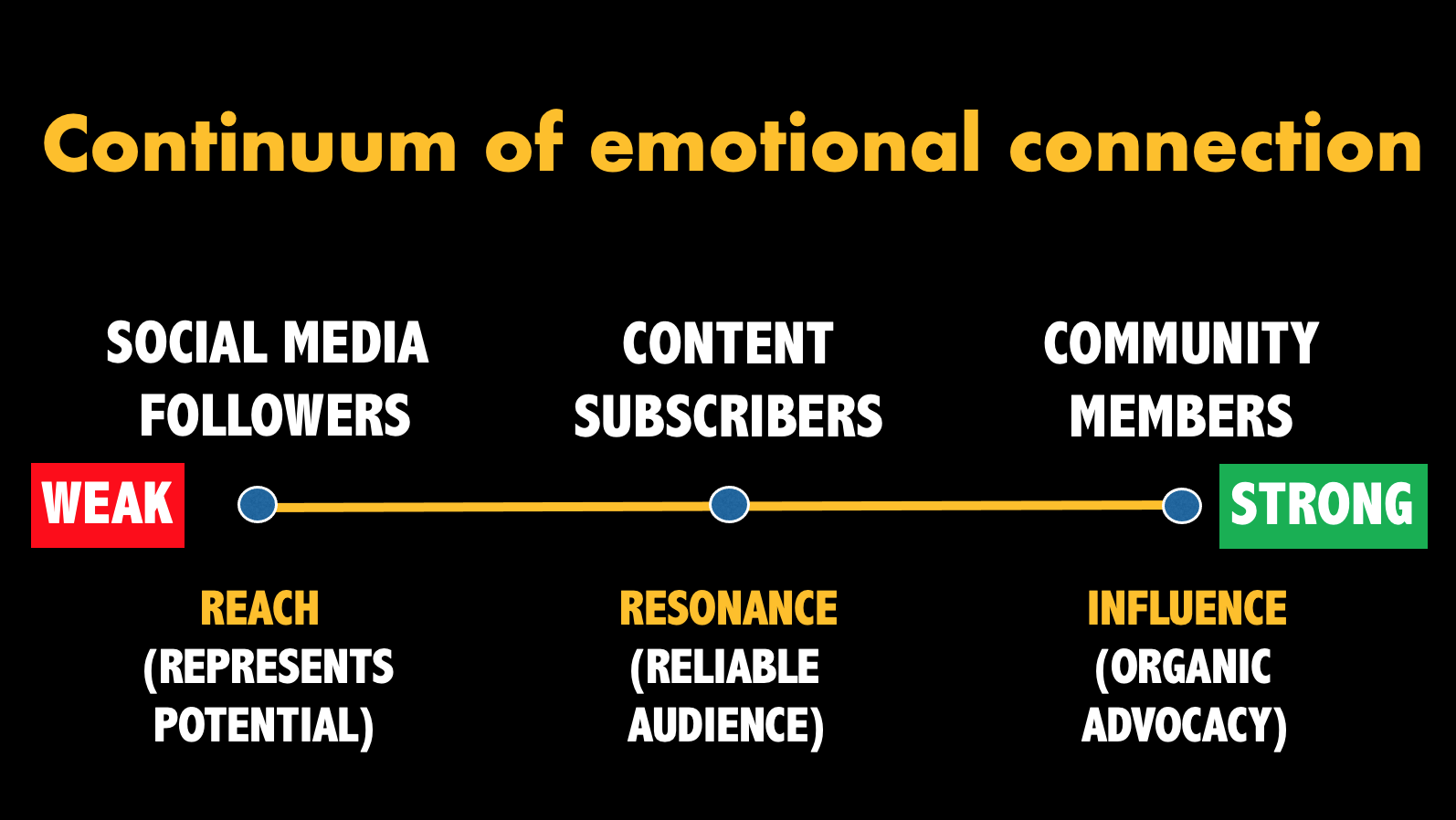There have been quite a number of changes that have occurred across the social media landscape recently including:
– Statewide TikTok restrictions and bans over data and security concerns
– The acquisition and rebranding of Twitter to X by Elon Musk
– The release of Threads by Meta
– And so much more!
All these recent changes have led me to reflect on social media and its purpose and role in government communications strategies.
Why use social media at your agency?
Over the last decade, local, state, and federal government entities have begun to embrace social media as another channel to connect with the communities that they serve. Agencies create and share content hoping to solicit citizen engagement, build awareness around community initiatives or issues, and provide timely updates amid crises.
While government agencies have come a long way in creating informative, educational, and entertaining content on social media, I fear that many agencies are not looking at social media correctly as part of their larger communications strategy.
You see, while trend hopping, filming short-form videos, and creating content that favors the platform’s algorithm may be extending your content’s reach. We’re overlooking social media’s true potential — fostering connection.
Fostering connection through social media
In his most recent book, Belonging to the Brand, author and keynote speaker, Mark Schaefer shared the following graphic which showcases social media’s potential.

As you can see, the connection made through social media alone is weak. But, it is the first step in a journey towards forming stronger emotional connections with those you serve.
I often hear fellow Social Govs call out metrics such as likes, comments, shares, and follows as important key performance indicators (KPIs).And they are! However, while these are important to measure over time, what is truly an indication of our marketing and communications success is how many people are moving along the continuum above.
When a social media follower opts in to your organization’s newsletter or subscribes to your blog, podcast, YouTube channel, etc. that’s the next step in the relationship.
You’re no longer posting content hoping that it’s resonating with people. They are telling you it is!
So, how do we encourage our social media followers to become our content subscribers?
Through the consistent creation of content that helps, informs, and entertains those you serve.
Don’t stop there
I would argue that the vast majority of government entities stop at simply building a social media following.
This can be both risky and limit your organization’s ability to connect with the public.
For example, what happened to all those TikTok followers that your agency accrued on the platform before your organization banned further use of the platform?
They’re done, they’re finished, they’re finito.
You no longer know who those followers are, you can no longer reach them, and you can no longer continue to develop a relationship with them.
This example illustrates the dangers that can occur when your organization solely uses social media to build an audience because that audience that took you years to build was “built on borrowed land.”
Your agency’s marketing and communications strategy must take into consideration moving your social media followers off of each of the social media platforms and along the continuum of connection.
Social Media Followers = Potential
Content Subscribers = Reliable Audience
Community = Organic Advocacy
The culmination of connection — community
Community is the difference between being In a city (social media follower) and being Of a city (community member).
It is the pinnacle of connection that every organization should strive to achieve with its audience.
These are the people who show up to your organization’s events, these are the people who will defend your agency’s reputation online, and these are the organic advocates of your organization.
Community isn’t something that occurs automatically. It requires determination, dedication, and love for the people within it.
But, in a world where trust in government is at an all-time low, I have just one question to ask you:
Should we continue building our social media following, or start building our communities?
Part of a much larger strategy
So, there you have it.
Yes, social media should play a vital role in our organization’s marketing and communications strategies. But, perhaps we need to begin reframing it as the first step in a journey.
The critical first step in fostering connection. The type of connection that will ultimately lead to community, trust, and organic advocacy.
That kind of marketing far outweighs all the likes, comments, shares, and flashy lights that social media promises.
ZACK’S FACTS
Subscribe to “The Zack’s Facts” newsletter for my monthly take on the latest industry topics, a government account spotlight, and resources for you to become a better government communitcator.
